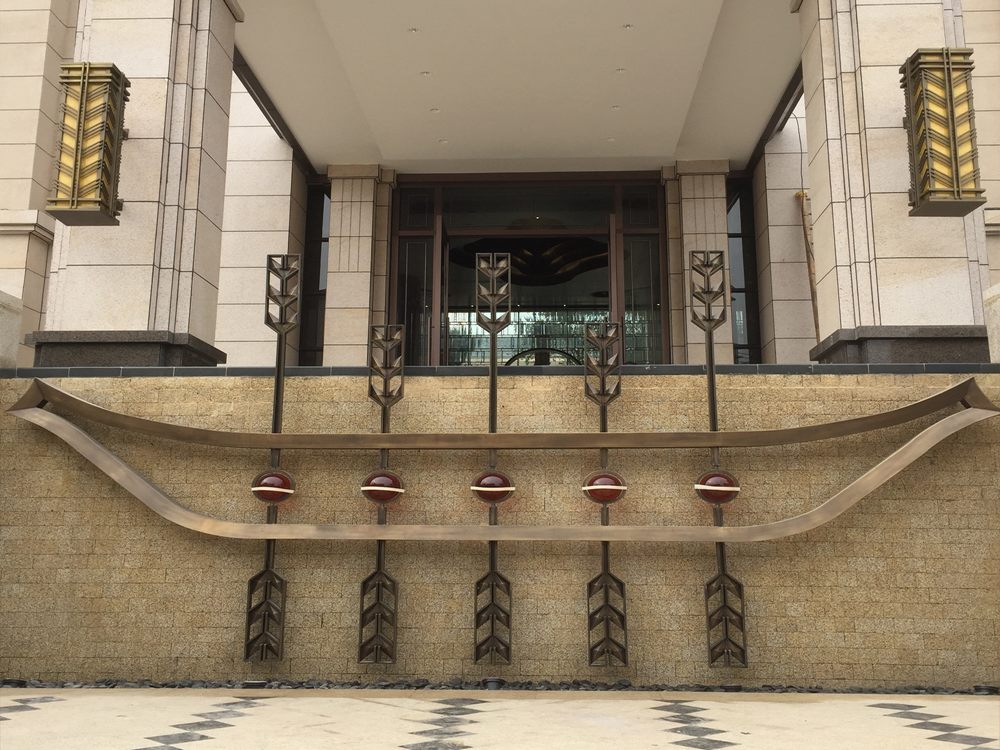
Artists have long embraced the unique beauty of natural stone, utilizing its inherent color variations to add depth, contrast, and realism to their creations. Unlike synthetic materials, stone offers organic hues and patterns that cannot be replicated, making each piece one-of-a-kind.
One technique involves selecting stones with striking veining or mineral deposits, which artists strategically incorporate into their designs. For example, a sculptor might position a dark vein to emphasize a figure's flowing hair or use contrasting layers to create dramatic shadows in a landscape relief.
The unpredictability of stone's natural pigmentation challenges artists to adapt their visions, often leading to innovative solutions. Some create abstract works that highlight the stone's raw beauty, while others meticulously plan cuts to frame specific color transitions at key focal points.
Modern stone artists frequently combine traditional carving methods with advanced tools to enhance these natural features. Polishing techniques can intensify subtle color gradations, while matte finishes might preserve a stone's rugged, earthy tones.
Beyond aesthetics, these color variations carry symbolic meaning in many cultures. Jade's green hues represent harmony in Asian art, while the reds and oranges of sandstone evoke warmth in Middle Eastern architecture.
By working with rather than against a stone's natural characteristics, artists create works that feel inherently connected to the earth, resulting in pieces that resonate with viewers on both visual and emotional levels.

